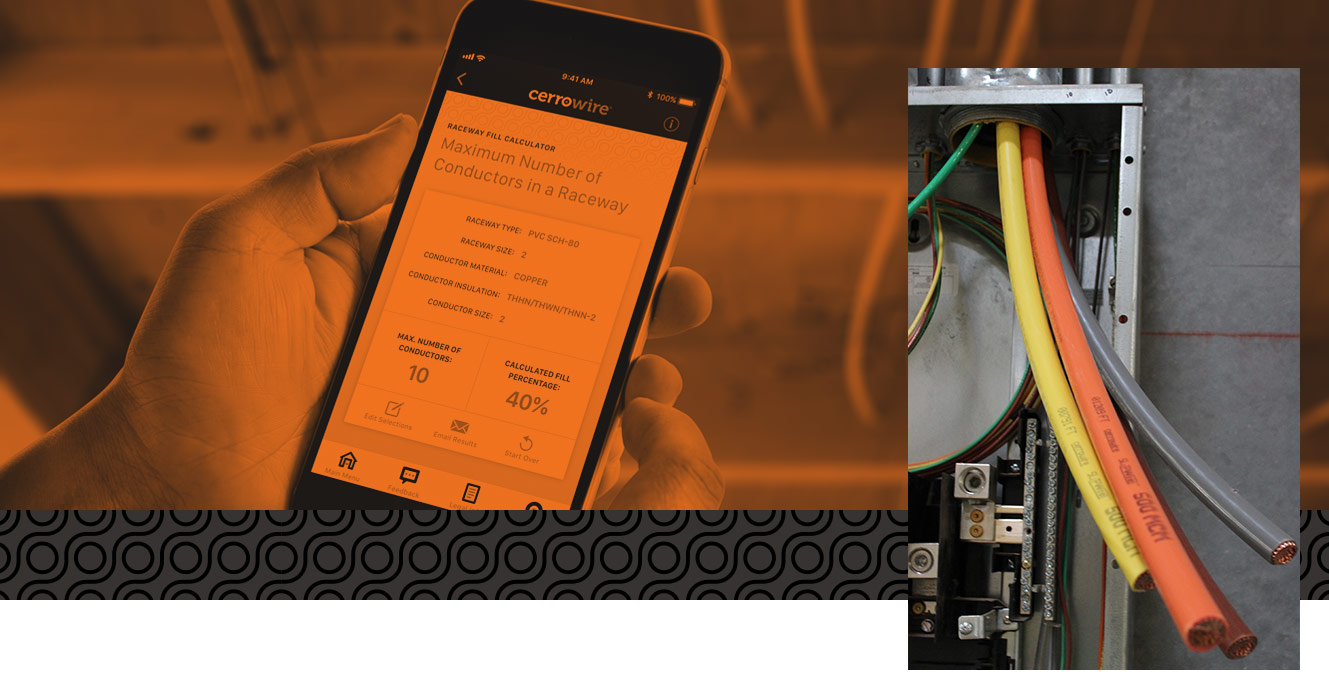I’ve my Tesla Model Y delivery date finalized and now I’m exploring the options for charging. I ordered Tesla Wall Connector and thinking to connect to NEMA 14-50 for flexibility. Appreciate if I get response to following questions.
- I understand that 60 Amp hard-wired wall connector works best, however, what are the cons of installing NEMA 14-50 with 50 Amp wire? Appreciate if someone let me know how slow the charging will be if Tesla Wall Connector is connected to NEMA 14-50 (50 Amp)
- Assuming I opt for NEMA 14-50, would it affect the installation rebate or any State/Federal(?) rebate? One electrician said if I do not opt for hard wiring, the rebate can be denied. Is it true?
- Any EV rebates available to apply for state of MD (Montgomery County)?



